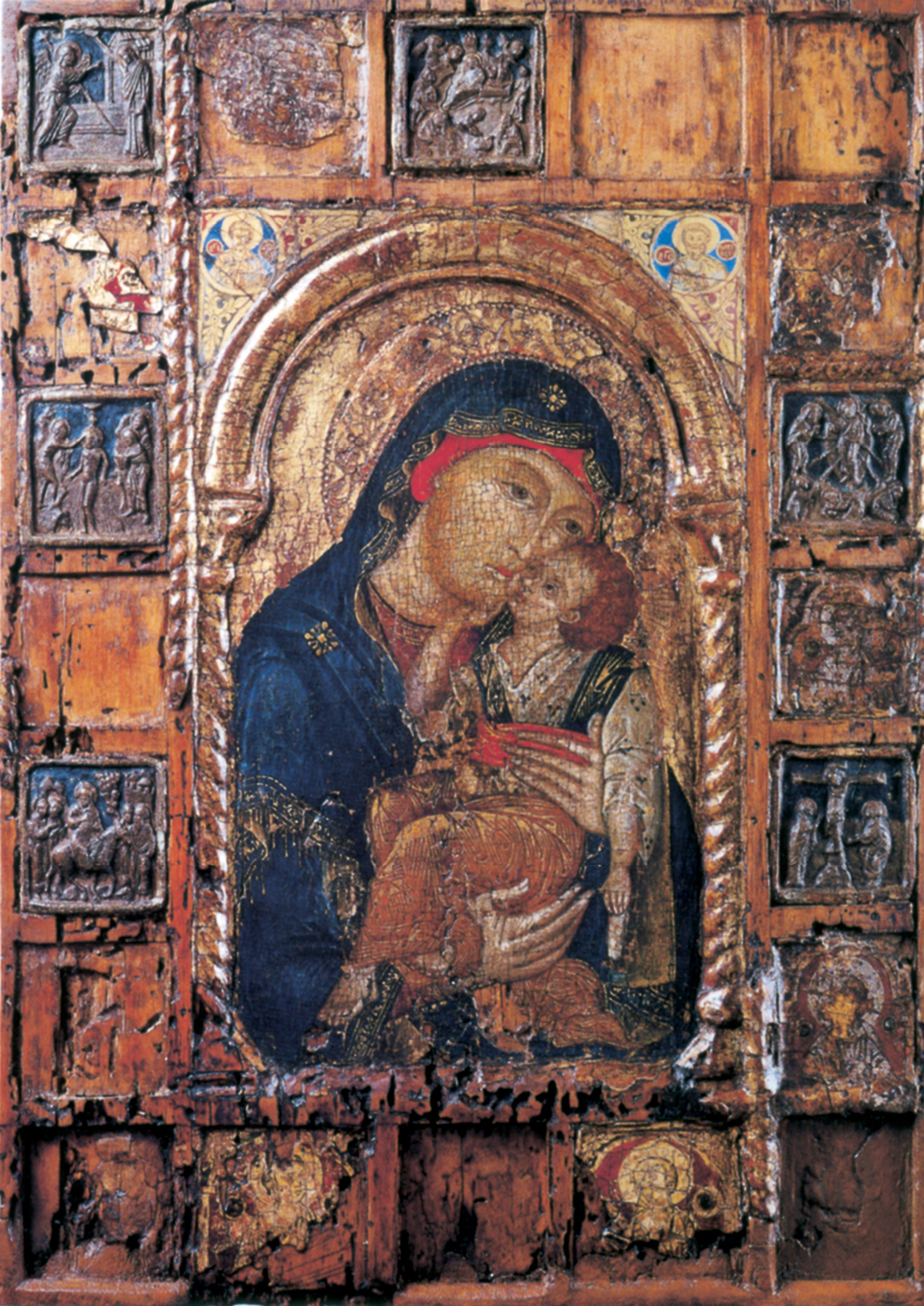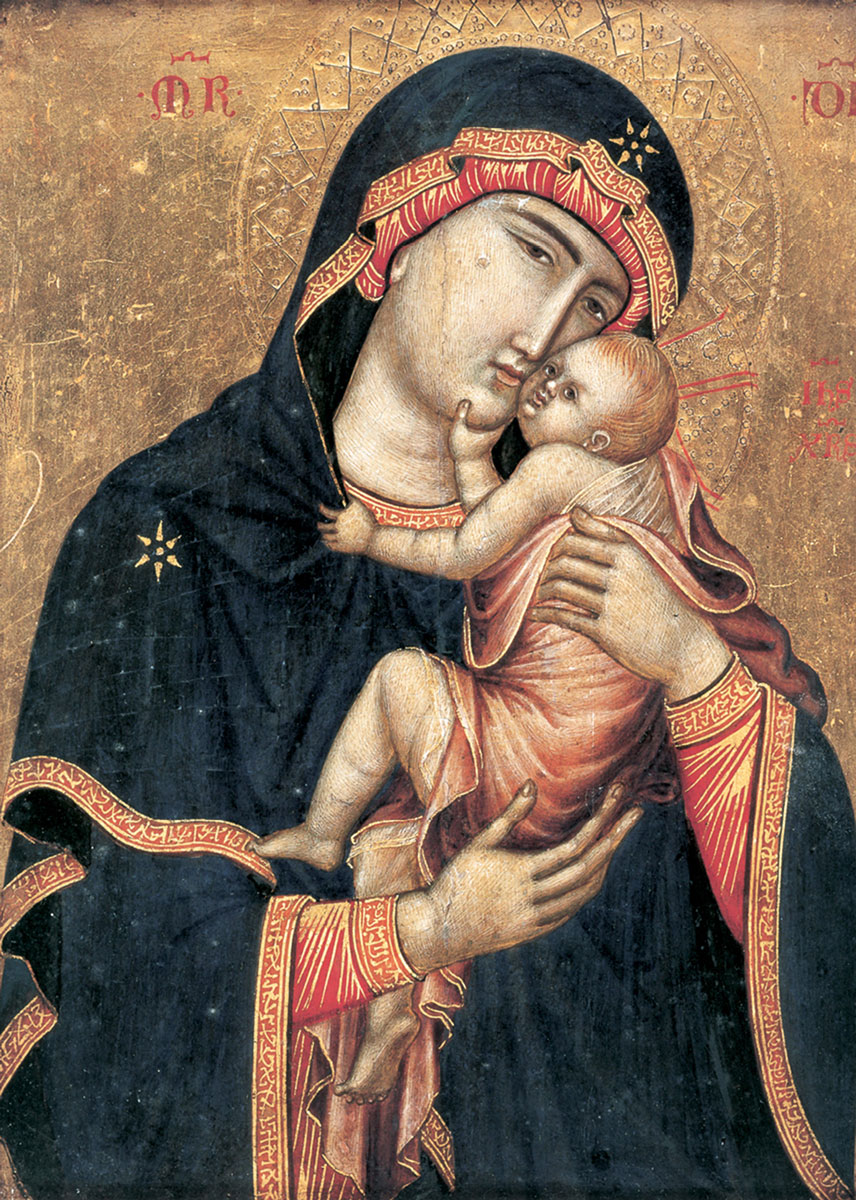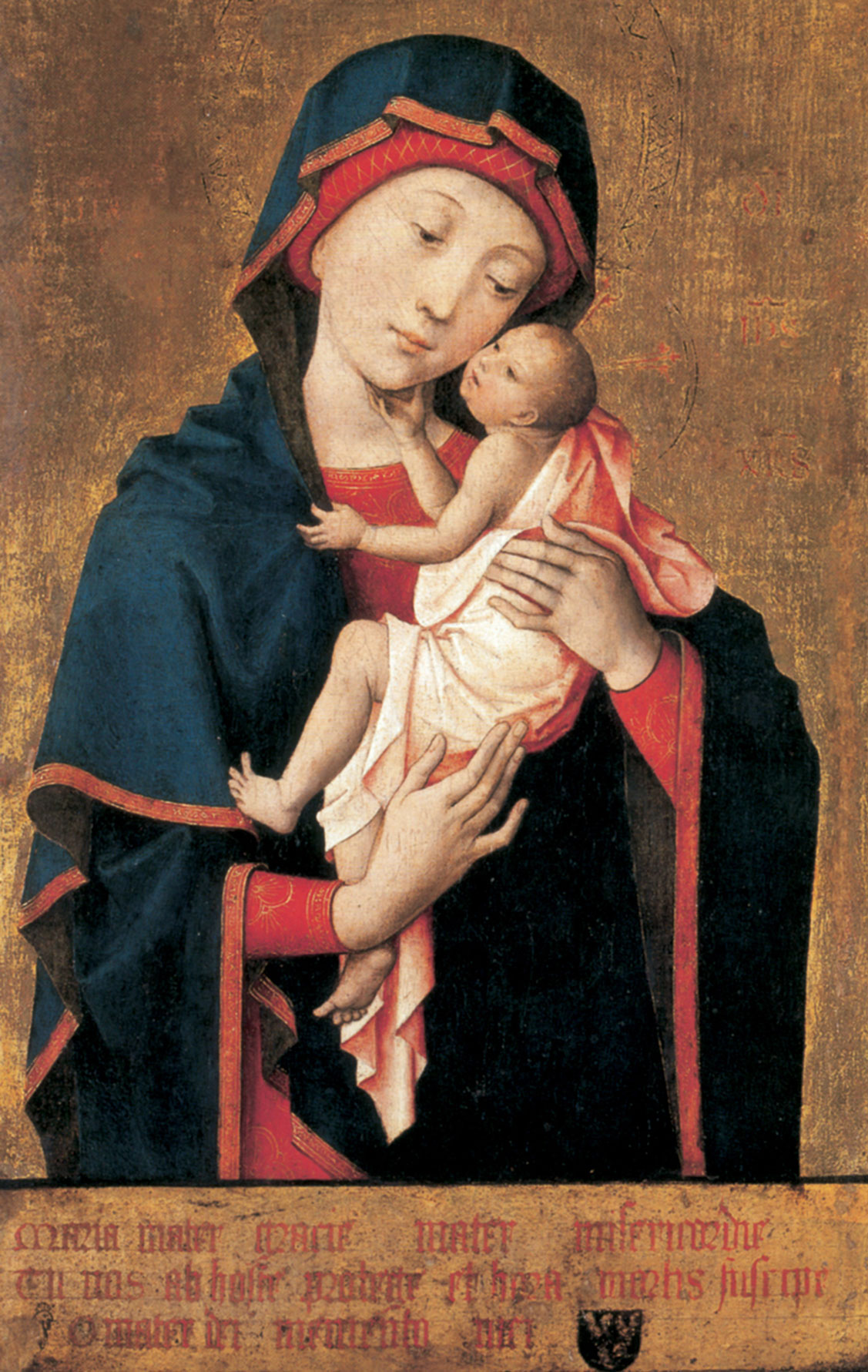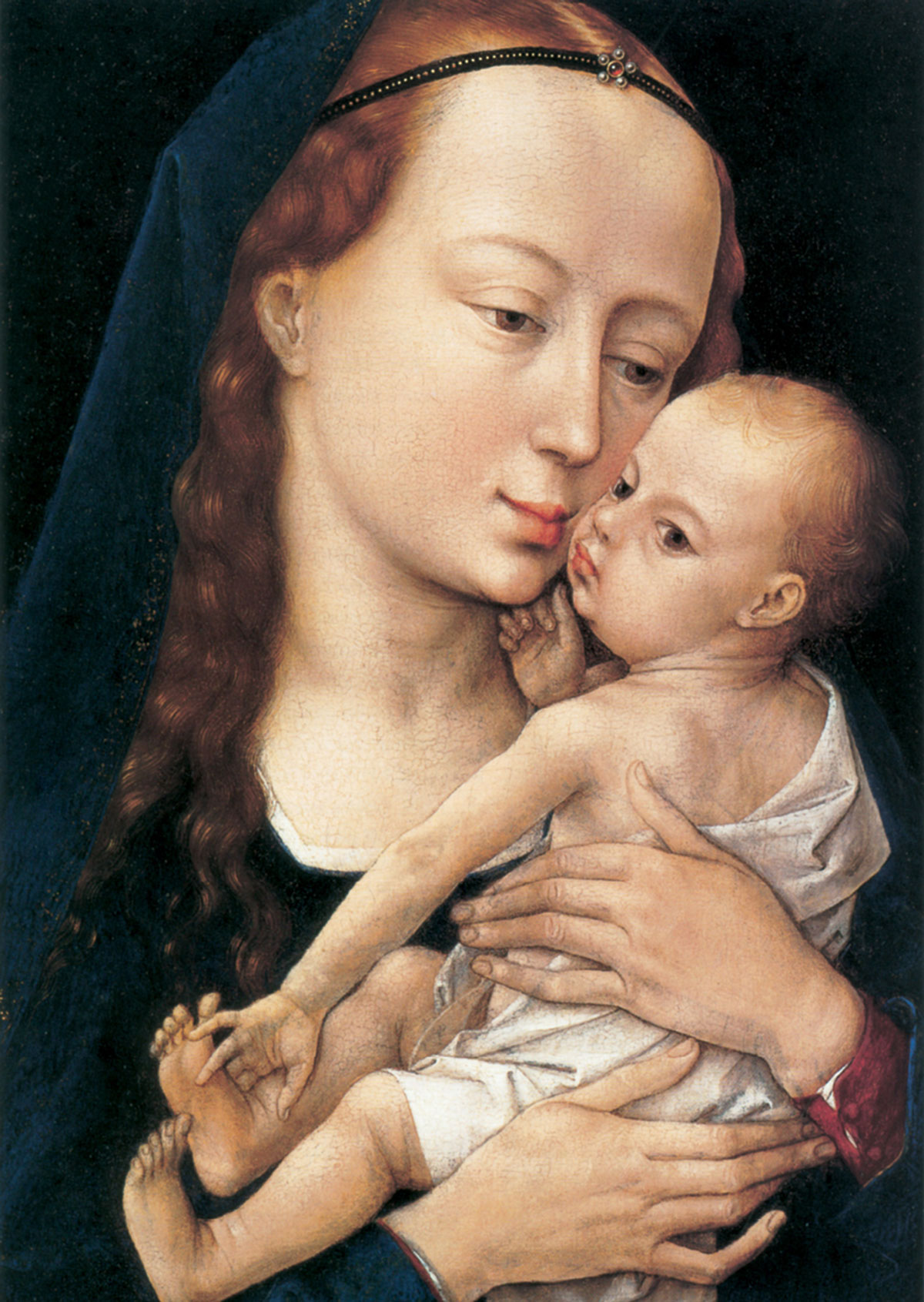7.When images inhabit a copy culture, there is no
room for forgery. Without a cult of the originally produced work, appreciated as a singular and unrepeatable performance—without a conception of the work as an
event—forgery has no function. This is why it is so difficult to find documented cases of art forgery in antiquity, and why the few cases that have been brought forward are inconclusive: in each case what is alleged a forgery can reasonably be explained as a copy. But ultimately we are not talking about this or that case; the question is a systemic one. Either forgery is widespread or it isn’t, either it is a structural feature of a world of art or it isn’t, and in antiquity and the Middle Ages it was not. The Romans were the great lawmakers: they had laws about the forgery of documents and about the forgery of currency, but they had no laws about the forgery of works of art.
8.In 1440, a Flemish prelate returned from Rome to Cambrai with a small painting of the Virgin and Child on gold ground. The exotic panel was installed in Cambrai cathedral and soon became famous in its new setting: touted as a portrait of the Virgin painted by St. Luke, it quickly began attracting thousands of pilgrims. In fact, it was painted only about one hundred years earlier in a Byzantine manner by an Italian, probably Sienese, painter. It is itself a copy, an adaptation of a type long held to be an invention of St. Luke, the Virgin of Tenderness, or Virgin Eleousa. And it in turn generated copies: fifteen copies by Petrus Christus and Hayne of Brussels were ordered in the 1450s alone. Like the Cambrai Madonna itself, these copies are not exact: there is no effort to avoid a normal fifteenth-century painting style in the bodies and facial features, and there are even significant changes, such as in the gaze of the Virgin. Other paintings, such as one by Rogier van der Weyden, show even freer adaptations of the model.
9.In the copying of a text, a misspelled word, or a skipped word, is an alarm signal that the scribe-copyist has made a mistake. In “continuous” media like painting or sculpture there is no way to tell that the handmade copy has veered away from the model. For this reason, the protocols that governed image-substitution were generally tolerant of a certain amount of drift between model and copy. What mattered above all was the transmission of programmatic, essential content. That is why premodern copies are so often far from exact. Only a general typological resemblance links the various copies of Praxiteles’
Aphrodite of Cnidos. It is one of the most famous statues of antiquity, and yet the copies vary so widely that we can only guess at what the lost original looked like.
10.Around 1500, the art world begins to bristle with stories of frauds, scandals, and reprisals involving fakes. But this is not to say that forgeries displaced traditional modes of copying overnight. Forgeries came into being fitfully, in certain places and at certain times. A work made as a copy might be passed off as a forgery in another context. The conspiring conditions included newly assertive artist-authors, a new breed of collector and connoisseur, an emerging art market, and a new class of intermediaries later known as dealers. In 1496, Michelangelo makes a
Sleeping Cupid in the antique manner. He is told by a proto-dealer to “distress” it so as to sell it as an antique at a higher price. The rich Cardinal who buys it—for about the price of a house!—is incensed when the work is exposed and gets rid of it. It is almost immediately snapped up by one of the great art collectors of the day, Isabella d’Este, and now displayed as a famous Michelangelo forgery. In fact, she sets it alongside a (copy of a) famous
Sleeping Cupid by the ancient Greek sculptor Praxiteles, and so stages a mini-exhibition on the subject of copies and forgeries, modernity, and antiquity.



